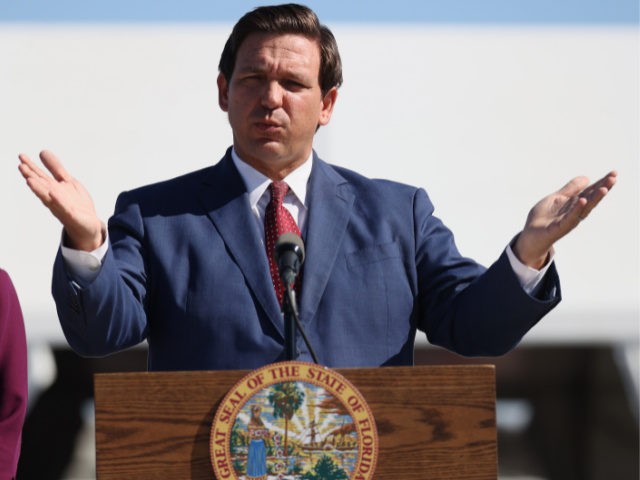
The better than expected June jobs report indicates the policies of Republican-led states are helping speed the recovery.
Republican governors in 25 states have opted to end the enhanced unemployment benefits programs that many businesses said were pricing workers out of the labor market. The extra $300 per week brought average weekly unemployment benefits up to $620, the equivalent of almost $18 dollars per hour.
As a result, a job paying as much as $25 per hour — the equivalent of a $45,500 per year salary — only offered workers an extra $7 per hour. That’s the equivalent of making $12,700 for a full-time job. Many people who would otherwise seek employment will value their leisure or non-economic work as more valuable than that and choose to keep collecting unemployment benefits.
One sign in the June report that ending the enhanced program is getting workers back on the job is the increase in the workforce participation rate for prime-age workers. This group, which is workers aged 25 to 54, saw its participation rate rise from a seasonally adjusted 83.3 percent in May to 83.7 percent. This is precisely the group we would expect to be returning to the workforce because of the end or imminent end of supersized jobless benefits.
There was also a substantial increase in re-etrants to the workforce. These are previously employed people who had not been looking for work recently but have now decided they want a job. This group expanded by 149,000 in June. That’s the third-largest ever June expansion of re-entrants, behind 2003 and 1968.
The reopening of businesses to full-capacity and the dropping of mask-requirements, which are further along in many Republican-led states, also appear to be driving employment up. The number of people who would prefer to work full-time but have only part time work because of “slack” business conditions dropped by an impressive 639,000. Outside of the pandemic era, that level of contraction was extremely rare.
Even the slight increase in the unemployment rate may be a positive sign for the economy.
“It suggests more jobless Americans are stepping up and actively looking for work. This is encouraging as a larger pool of available workers means employers will have the scope to ramp up hiring further in coming months. With some hot sectors like leisure and hospitality — which piled on over a third of a million jobs in June alone — struggling to find all the staff they need, that extra capacity is very welcome indeed,” said Ulas Akincilar, Head of Trading at the online trading provider, INFINOX.
Even before June’s jobs report, there was evidence Republican policies were working to bring the economy back to normal. Eighteen of the top 20 states for jobs recovered since the coronavirus pandemic hit have Republican controlled legislatures, according to the Republican State Leadership Committee. Sixteen of these 18 states have Republican governors. Seventeen out of the top 20 states with the lowest unemployment rates have Republicans controlled legislatures.
Politico recently reported:
“Of the 15 states that have returned to pre-pandemic levels of economic activity, 12 are led by Republican governors, Federal Reserve data shows. Of the 10 states reporting the lowest levels of activity since January 2020, seven — including New York, Pennsylvania and Illinois — are run by Democratic governors. Red states are also reporting lower unemployment numbers… By comparison, states that still have some coronavirus restrictions in place, including California, Connecticut and Hawaii, saw the highest rates of unemployment in the country in May and were still producing less in April than they did pre-pandemic.”
While the Wall Street Journal reported that a study by the investment bank Jefferies had found that unemployment was falling faster in states that were ending enhanced unemployment than states that opted to keep it in place.
It’s very likely that even more evidence supporting the end of enhanced unemployment benefits will appear in next months report. That is because the June employment report is produced taken from survey data gathered around the 12th of the month. And although 21 states ended enhanced benefits in June, only four had done so by June 12th, and seven more ended them on June 19th. The other ten did not do so until June 26, which puts them definitively outside of the survey period.
https://www.breitbart.com/economy/2021/07/02/built-back-better-already-red-states-race-back-economic-normal-without-joe-bidens-help/

No comments:
Post a Comment